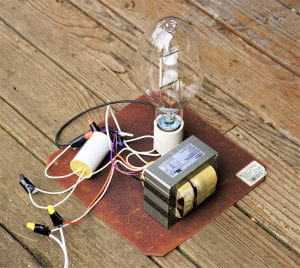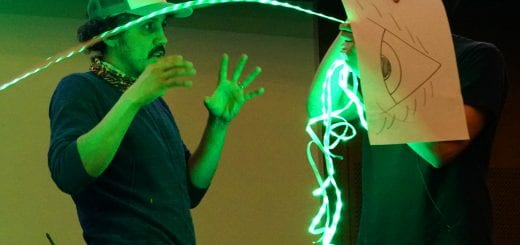Backyard Biodiversity – I
Check out this Feralia deceptiva moth I found in the yard recently.
While stuck around the house during the Covid-19 pandemic there is always the opportunity to learn more about what things live nearby. I am much less interested in the organisms that we have brought into the yard such as the horticultural varieties of shrubs and vegetables, although I still have a good bit of interest in those too. However, what is really more interesting to me is what are the organisms that are living nearby that I or a previous house owner didn’t plant. Most of these are birds and invertebrates, but we do have the exceptional mammal passing through like the North American opossum (Didelphis virginiana). Obviously, bird feeders are good for allowing you to see what birds are in the area, but what about those invertebrates? Well, in most cases, it just requires looking, looking at what is climbing on the plants (ants and aphids are common) or what is pollinating their flowers. Of course, you can stack the deck in your favor by what you plant and ensuring you have a collection of species that all bloom at separate times, allowing you to have plants flowering for as many months as possible. The Xerxes Society has a good list of pollinator plants.
Another way to begin to understand your local invertebrate diversity is use a light at night. Such lights bring in beetles, flies, moths, and several other orders of insects that are often less well known. In my case, I splurged to set up a metal halide lamp to use for an hour or two in the evening. I had to wire the system myself and I don’t recommend doing this unless you are familiar with household wiring. Metal-halide lamps put out a very broad spectrum of light wavelengths and I believe the lamps come closest emitting the same light wavelengths of the sun.
Here is the set up. Note the large capacitor and transformer to raise the voltage in the lamp to get it going. The 400-watt light bulb itself is about $30, but the transformer and capacitor combined cost about another $70 so you are looking at a$100 investment for such a system. The system puts out a lot of light so be cognizant of how your light could bother your neighbors. Part two of the system to hang white bed-sheets to surround the lamp to allow a place for insects to land and to create a barrier from directly seeing the bulb which emits some UV light that can damage the eyes. There are shop safety glasses that are clear but still absorb UV light and I would certainly recommend using them.
Now, just wait for a dry calm evening see what shows up.
Note: Metal Halide lamps emit UV light in ranges that can damage the eyes if you spend too much time close to the lamps with direct sight of the bulb. Use clear shop safety glasses for your eyes that absorb UV light. Many hardware stores will have these and a pair of glasses are probably less than $15.






